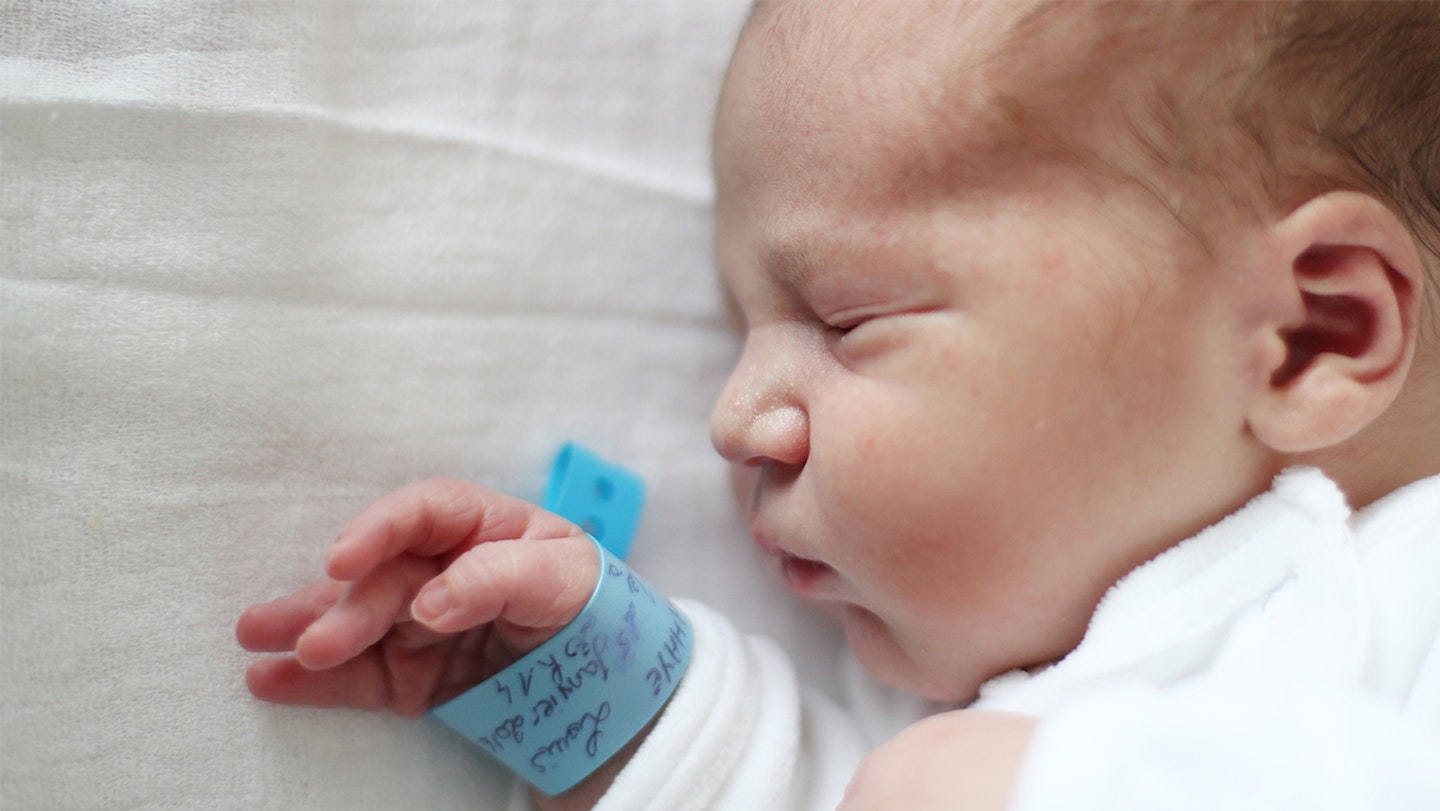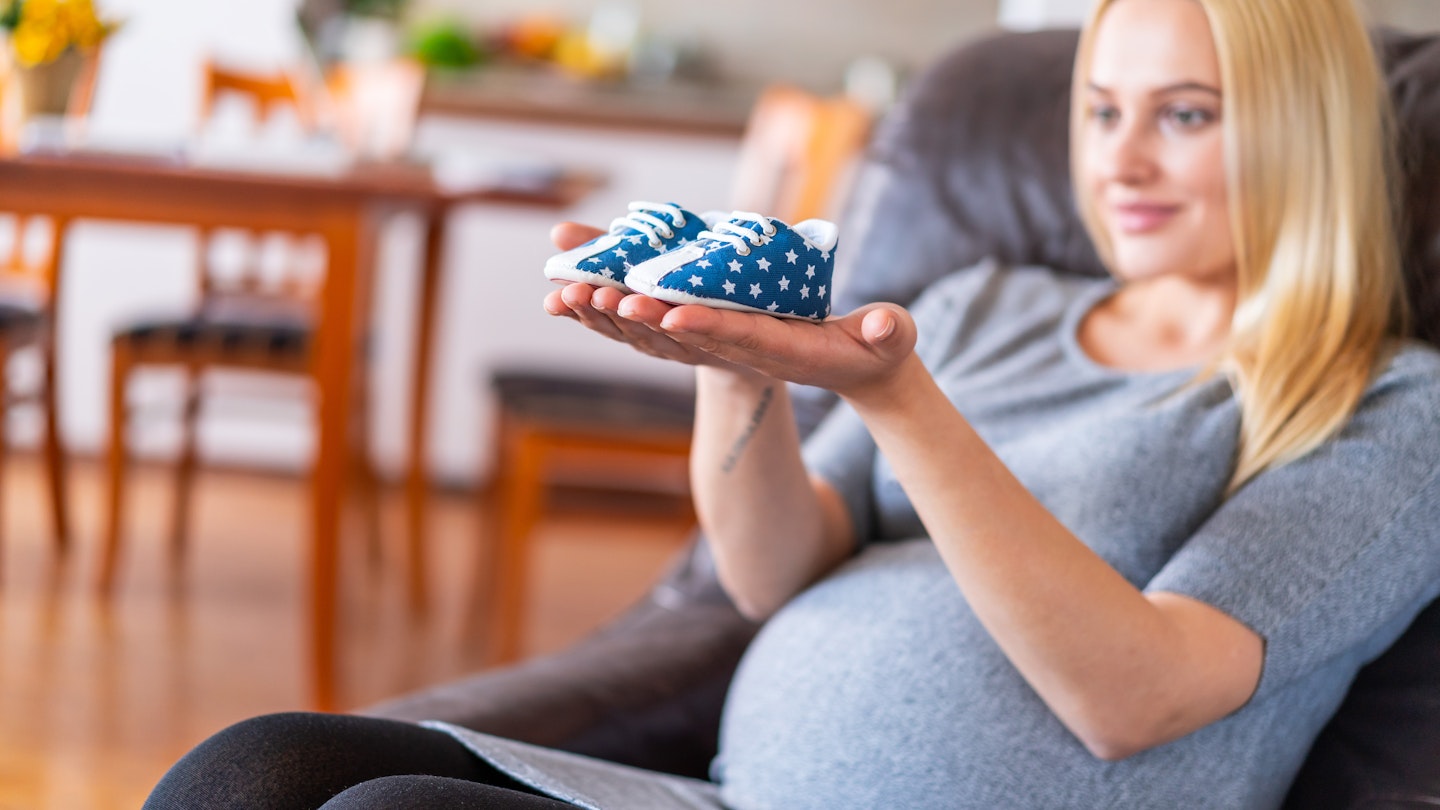Having a healthy baby is the top priority for every parent but it’s understandable that many of us specifically long for a baby boy. This could be because you already have one or more daughters or even if you simply always saw yourself with a son. But can you actually do anything to give nature a nudge in the right direction?
Is there a guaranteed way to conceive a baby boy?
Without medically implanting an embryo that is known to be a boy, there is no way to guarantee the sex of your baby.
When left to nature, there is around a 50/50 chance that you will have a boy or girl - it simply comes down to which sperm gets to the egg first. However, some people argue that there are ways to influence which sperm wins the race.
What can you do to increase your chance have a boy?
If having a bouncing baby boy is high on your list of priorities, you're likely to discover or be recommended suggestions from other parents of what worked for them. While none of these can be scientifically proven, you might want to try them anyway.

The Shettles method
Developed by an American physician named Landrum B. Shettles, The Shettles method is written about extensively in the book How To Choose the Sex of your Baby.’ It is made up Shettles’ studies into sperm, sexual positions, the timing of intercourse and other factors which are believed to determine which sperm, either coded with the female X chromosome or the Y male chromosome, reaches the egg first, resulting in a baby boy or girl.
How to conceive a boy according to the Shettles method
Shettles found male sperm to be smaller with a shorter life span so in need of a little head start where possible. Here’s what he suggests…
• Have sex on the day of ovulation or just after but avoid the time between your period and the days before ovulation.
• Allow the sperm to be as close to the cervix as possible by having sex in the position where the man enters from behind, allowing for the deepest penetration.
• Women are encouraged to orgasm first as according to Shettles, as this creates a more alkaline environment which is believed to help the male sperm swim more quickly to the egg.
• To increase sperm count, the father should not ejaculate between four and five days before ovulation as this will increase the chances of having a boy.
Swap to boxer shorts
If your other half favours tighter underwear, now’s the time for him to swap to loose boxer shorts and trousers. According to old wives tales, male sperm thrive more when the owner is not wearing tight underwear as this means the genitals will not be too warm.
Use a Chinese gender chart
While not scientific-based, something that has been used for centuries is theChinese gender chart which works by combining mum-to-be’s age and the month she hopes to conceive to determine what gender her baby will be. So by working backwards, you can work out the best month to try for that baby boy. In theory.
Check what you’re eating
Ditch dairy foods like milk, cheese and yoghurt as well as spicy foods. Instead, opt for potassium-rich food like bananas, potatoes and spinach and eat plenty of fish and fresh fruit. Alternatively, the calorie-fat theory diets believe that mums who consume a diet that is higher in calories are more likely to have a boy.
Gender selection
While a highly controversial discussion, Pre-Implantation Genetic Diagnosis (PGD) is normally only used for women who have experienced miscarriages, have struggled to conceive via IVF or are over 35 as the treatment helps pick out healthy embryos. However, PGD can also determine the gender of the embryos. While gender selection is illegal in the UK, it is legal in the United States. Singer John Legend and his wife Chrissy Teigan used PGD for their daughter Luna.
